
Yesterday was the birthdate of Bert Williams, one of vaudeville's greatest comedians. Considering his last stage appearance was in 1922, there are few alive today who may have seen this gifted artist in person, but from all reports, he had qualities and capabilities that exceeded most of his fellow artists in his day. That he was a black man in a white man's world made his ascent all the more remarkable, even if it meant the full range of his wide array of talents were held back due to the complexion of his skin.
Born in November 12, 1875 in Nassau, Bahamas, Egbert Austin Williams didn't come to the U.S. with his family until the age of eleven; first to New York, then out to California. A self-taught musician, he possessed a comic mimicry and a special gift for charming audiences. Extremely bright, he managed to go to Stanford University (no small feat for a black man in those days) but had to cut his studies short to earn a living, which is when he entered show business. It was on many a rough road outside Los Angeles that saw him as a barker for medicine shows, almost exclusively selling fake cures for whatever ailed people. Moving north to San Francisco’s Barbary Coast, he was a saloon singer and comedian, catering to sailors on shore leave. This led to his beginnings in more legit surroundings, taking to the various stages of music halls in San Francisco, mostly (due to his color) as someone to sing in front of the curtain while sets were being changed backstage.
According to the Library of Congress website: "Williams was also one of the most prolific black performers on recordings, making around 80 recordings from 1901-22. Indeed, his first recording sessions with George Walker for the Victor Company in 1901 are considered the first recordings by black performers for a major recording company... [later to include] what became his signature number, 'Nobody,' with words written by Alex Rogers."
Here's Williams singing "Nobody" (wonderfully) on a recording made in 1913:
And if this song reminds you of "Mr. Cellophane" from the musical Chicago, it's entirely intentional. John Kander and Fred Ebb have acknowledged that it was a direct tribute not only to the song, but to Williams himself. In fact, in both the Broadway and film versions, the actors who played the roles (Barney Martin and John C. Reilly) are echoing signature stylizations of Williams' performance.

Over the years, Williams developed characters that brought nuance and dignity for a black performer that had never occurred to management or even to audiences. Not only was he funny and a strong singer, but he had abilities as a mime that made his work different from anyone else in his class (though, truthfully, there may not have been others in his class). Though it was a slow climb, it eventually brought Williams to the top, even if he had to suffer the indignity of always donning blackface, the norm for its time for black performers (as bizarre as that sounds).
It was in 1910 when he was already one of the most famous names on the vaudeville circuit, that Williams became the first person of color to share the bill with white performers on Broadway. As the first black American admired by people of all races, this accomplishment could only have been achieved due to his rarified position as a box office draw. Still, the mingling of the races was something which made many Americans nervous.
Audiences of 1910 might not have been all that shocked to see a black performer appearing on stage with white performers, as they were always in blackface. How could they really tell who was who? But the idea that anyone buying a ticket to The Ziegfeld Follies wasn’t eagerly awaiting the moment Bert Williams took to the stage was next to impossible. Not only did audiences want to see him, but he couldn’t be hidden, because with this particular Follies, Florenz Ziegfeld fully intended (for the first time) to showcase Williams and bill him as a star attraction alongside Lillian Lorraine and Fanny Brice. Ziegfeld’s biggest problem wasn’t whether or not this might go down with the public, but more about whether members of his company would go out on stage with him. Several cast members demanded Williams be fired. Standing tough, Ziegfeld told them, “I can replace every one of you, except [Williams].”
It was Ziegfeld alone who made it possible for Bert Williams to take his place where he belonged, side by side with the other great vaudevillians of the day, on the opening night of The Ziegfeld Follies of 1910. Beloved by those who saw him on the stage, his masterful comic timing, pantomiming and singing can now only be glimpsed in bits and pieces of film. But the genius is all there. As the New York Times reported in its review of June 20, 1910: "There is no more clever low comedian on our stage to-day than Bert Williams, and few, indeed, who deserve to be considered in his class."
Making history as he did as the first black man to be cast in a Broadway revue (among whites) also made him the first black member of Actor's Equity. Among his many honors — unheard of for someone like Williams in his day — was being asked to play a command performance before King Edward VII at Buckingham Palace. It wasn't always so rosy, as he also bares the distinction of being the first black comedian to appear on screen in the musical short Darktown Jubilee in 1914, where a Brooklyn screening caused a near race riot. Rejected as it was by a white audience for an all-black film, its distributor, Biograph, swiftly took it out of circulation.
Thankfully, there still are a number of silent shorts (produced by Williams himself, as no one else would back them) that are available to see. Though primitive, they at least allow for some indication of his gifted abilities as a mime. The video below from 1916 offers one of his most famous routines; the final 2:22 minutes of A Natural Born Gambler, with Williams' “the poker game,” showcasing a performance that holds up beautifully:
At the height of his fame, one of those with whom Williams shared the stage was the comedian W.C. Fields, who is quoted as having said of his friend: “He was the funniest man I ever saw, and the saddest man I ever met.”
Williams left this earth too soon, from what many reports have indicated was a life of overwork. He couldn’t bear disappointing his audiences if he was too sick to go on, and often performed when ill. One night, in 1922, while fighting a serious case of pneumonia, he collapsed on stage. After being taken off into the wings, it was remarked he had said, “That’s a nice way to die. They was laughing when I made my last exit.”
His life ended within a week. He was forty-six years old.

If you enjoy these columns, check out Up in the Cheap Seats: A Historical Memoir of Broadway, available at Amazon.com in hardcover, softcover and e-book. And please feel free to email me with comments or questions at Ron@ronfassler.org.

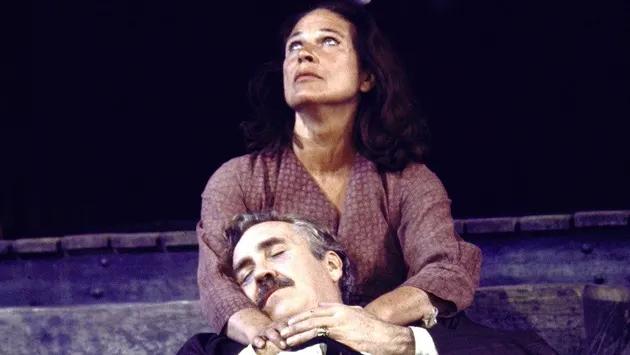

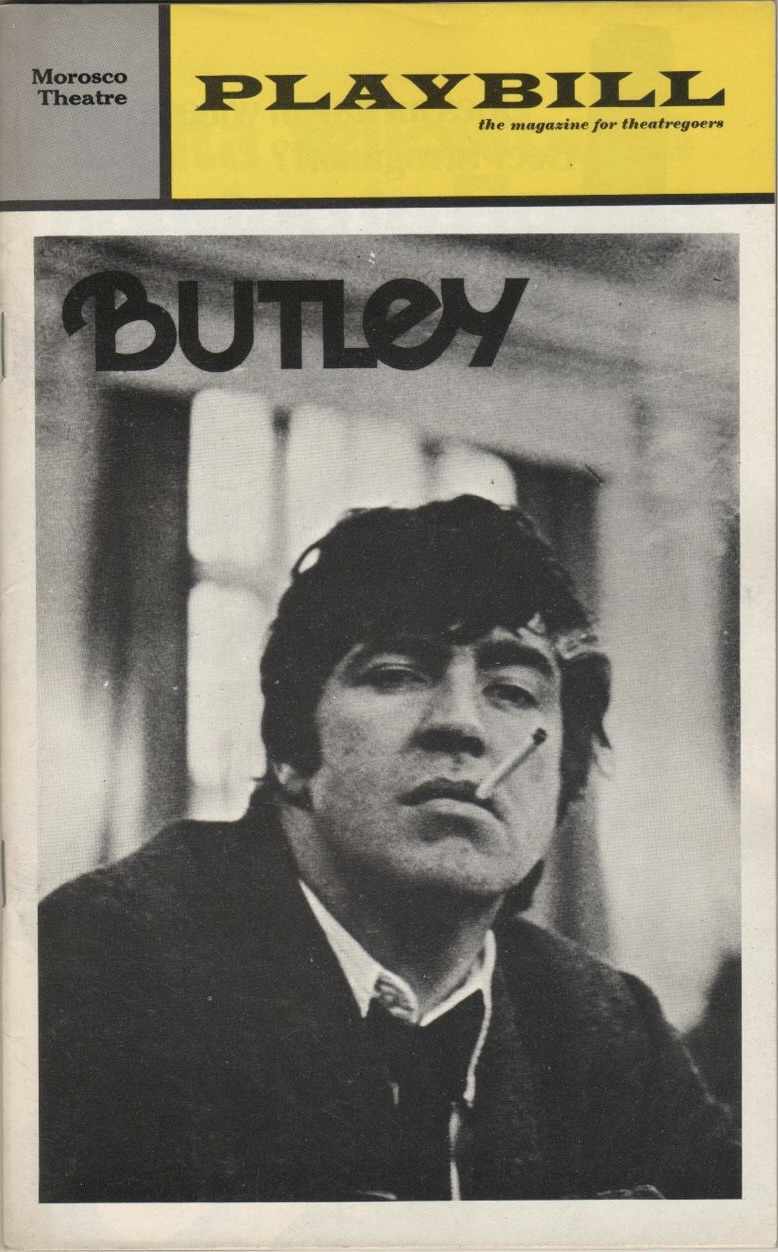
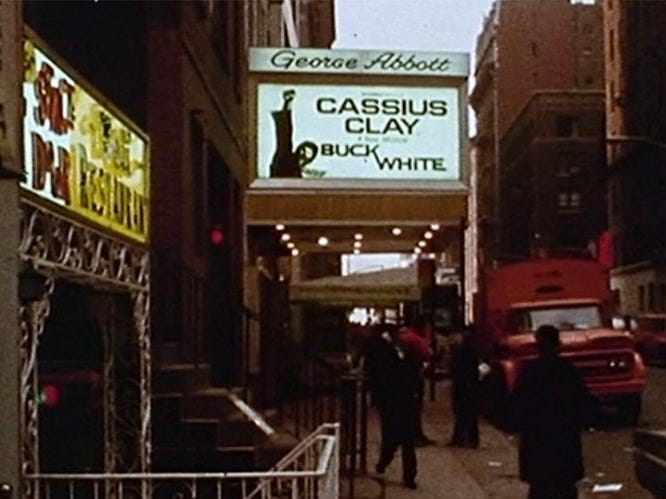








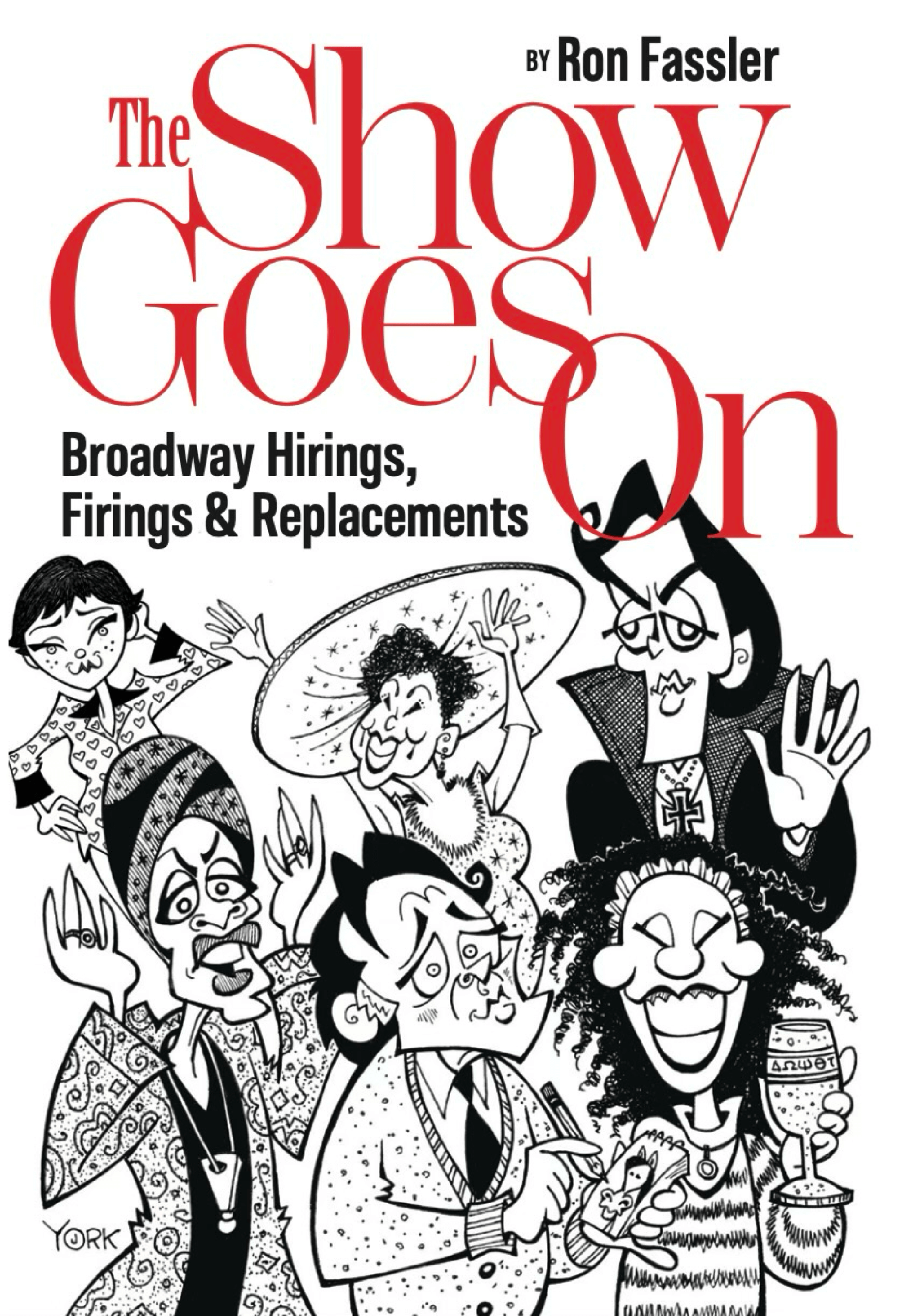

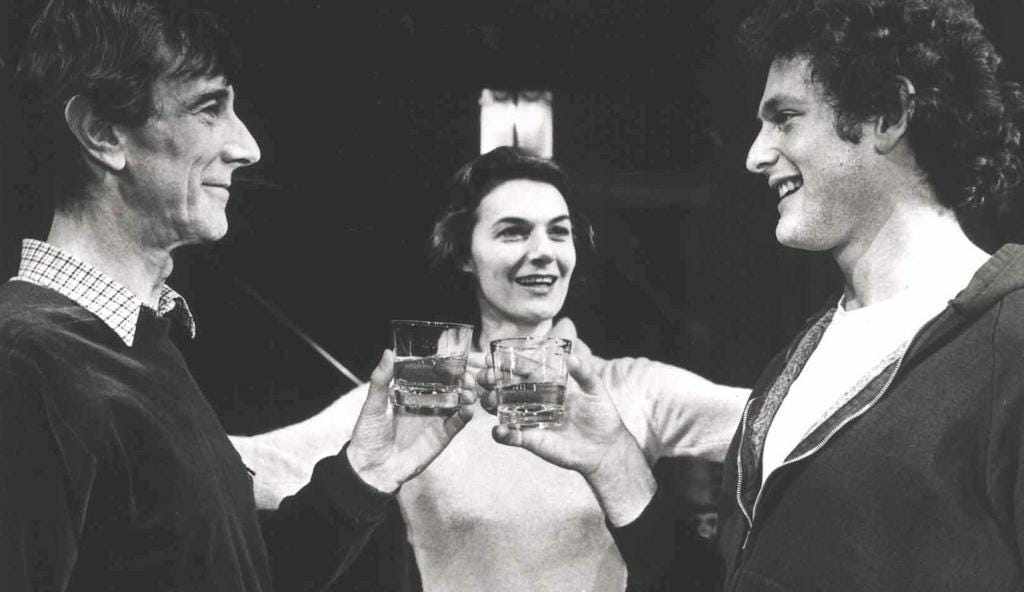





Write a comment ...